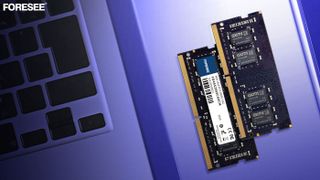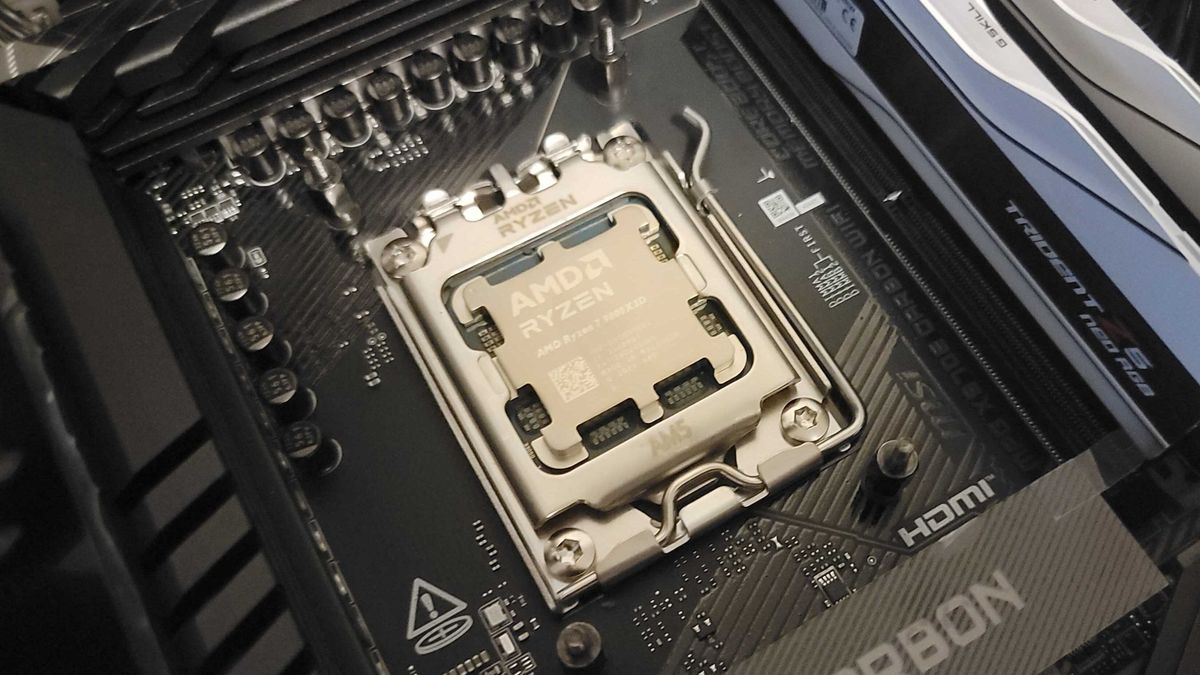Chinese dynamic random access memory (DRAM) manufacturer Changxin Memory Technologies (CXMT) could capture as much as 15% of the global memory market in the coming years, according to estimates by Gou Jiazhang, general manager of Silicon Motion Technology, a developer of SSD controllers, as reported by News.Cnyes.com. If this happens, it could drastically affect the global DRAM market.
About three years ago, CXMT commanded less than 2% of the global DRAM market, according to Gou Jiazhang. However, a gradual increase in CXMT's production capacity, along with the scaling up of DDR4, LPDDR4, and LPDDR5 memory, is expected to increase its share to 10% in 2024, Gou Jiazhang said at a charity event in Taipei. As the company is reportedly ramping up production of DDR5, its share could increase to as much as 15% by late 2025, based on the estimates provided by the general manager of Silicon Motion.
According to various media reports, CXMT increased its production capacity from 70,000 wafer starts per month in 2022 to 120,000 WSPM in 2023 and 200,000 WSPM in 2024. With a reasonably good yield rate, CXMT's market share will likely have increased significantly in the last few years. CXMT's growth highlights the growing influence of Chinese manufacturers in the memory sector and poses a direct challenge to established industry leaders.
Unfortunately, market tracker TrendForce did not provide estimates about CXMT's market share in Q2 2024 or how it compared with Samsung (42.9%), SK hynix (34.5%), Micron (19.6%), and Nanya (1.3%). Yet, CXMT reportedly has some lucrative supply contracts with Xiaomi and Transsion, which command around 20% of the global smartphone market. Additionally, the company supplies DRAM to Chinese PC makers. Hence, its market share today is likely quite sizeable. However, sanctions from the U.S. and the Netherlands and CXMT's emphasis on meeting domestic demand—particularly for government-controlled entities—may limit its ability to saturate the global market with DDR5 chips.
In mid-November, it was reported that CXMT and Fujian Jinhua had been selling DDR4 memory at a 50% discount, undercutting even reused DDR4 chips. According to media reports, this aggressive pricing forced major manufacturers to scale back their DDR4 production. With CXMT now reportedly producing DDR5 at scale, it remains to be seen whether it will employ a similar strategy of offering low-cost DDR5 to capture market share or prioritize profitability through higher pricing.
The entry of a Chinese DRAM producer like CXMT into the DDR5 market could significantly disrupt industry dynamics. If CXMT captures a substantial portion of the Chinese market, it might need to expand beyond China. But even if CXMT successfully pushes competitors like Micron, Samsung, and SK hynix out of China, they may be forced to redirect their output to other regions. This redistribution could increase global supply and drive down prices, benefiting consumers but challenging the stability of the DRAM industry, which has long avoided intense price wars.
While CXMT has made significant strides in the smartphone and PC sectors, its entry into enterprise-level markets remains limited because server makers (including those in China) prefer to work with proven suppliers. That said, Micron, Samsung, and SK hynix will likely double down on the enterprise segment to reduce competition with CXMT.

 2 weeks ago
8
2 weeks ago
8









 English (US) ·
English (US) ·